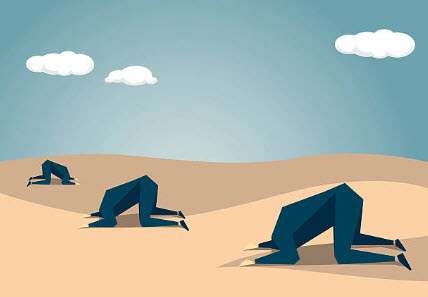Logical Conceptualization

For purposes of communication within an area of knowledge (such as a science or business) we need an unambiguous vocabulary, a controlled vocabulary. The terms of a controlled vocabulary need to be articulated and related in a rigorous, explicit, consistent, formal way. Other ways to describe this notion of a controlled vocabulary is a "jargon" or "specialized language" or "technical language". A system is cohesive groups of interrelated, interdependent components that can be natural or human-made. A system has patterns. A system can be explained by a logical theory . A logical theory is an abstract conceptualization of specific important details of some area of knowledge. The logical theory provides a way of thinking about an area of knowledge by means of deductive reasoning to derive logical consequences of the logical theory. A logical theory enables a community of stakeholders trying to achieve a specific goal or objective or a range of goals/objec...





